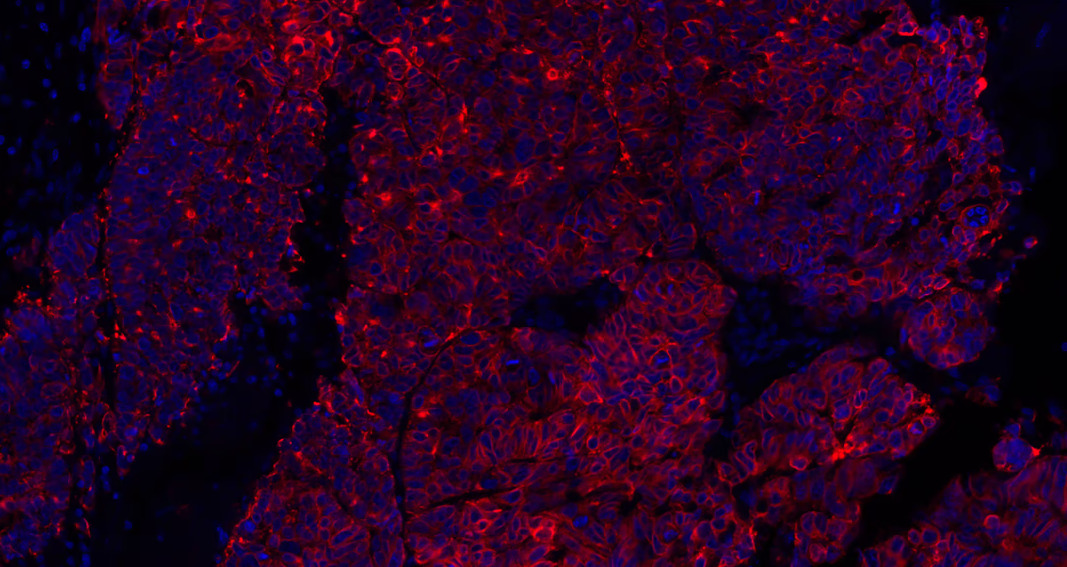Article: Surface forces and friction between non-polar surfaces coated by temperature-responsive methylcellulose

Surface forces and friction between non-polar surfaces coated by temperature-responsive methylcellulose
Abstract
Methylcellulose is a heterogeneous polymer that exposes both methyl groups and –OH-groups to the solution, and the solvent quality of water for methylcellulose deceases with increasing temperature. In bulk solution this leads to aggregation into fibrils at high temperatures. In this report we address how temperature affects adsorbed layers of methylcellulose on hydrophobized silica surfaces in contact with an aqueous methylcellulose solution. The layers were imaged using PeakForce tapping mode atomic force microscopy, in order to determine how the additional adsorption that occurs with increasing temperature affects the layer structure. Surface force and friction measurements were carried out using the AFM colloidal probe method. The data demonstrate that the normal surface forces were rather insensitive to temperature, whereas the friction forces changed significantly with increasing temperature. At low loads the friction increases with increasing temperature, whereas at high loads the reverse is observed. These findings are discussed in terms of how the worsening of the solvent condition affects the aggregation state in the adsorbed layer, and the polymer-surface affinity.
Graphical abstract

Introduction
The colloidal stability of dispersions can be controlled by electrostatic forces or due to steric interactions between adsorbed polymer layers, where the latter is preferred in high ionic strength solutions. Of particular interest is to be able to control the dispersion stability by using polymers that are responsive to the environmental conditions, such as temperature [1], [2].
For many types of polymer, water becomes a less good solvent with increasing temperature. This is the case, for instance, for polymers like poly(N-isopropylacrylamide) (PNIPAAm) [3], [4], [5], poly(2-isopropyl-2-oxazoline) [6], [7], poly(2-(dimethylamino)ethyl methacrylate [1], poly(ethylene oxide) (PEO) [8], [9], poly(propylene oxide) (PPO) [10], [11], [12], [13], ethyl(hydroxyethyl)cellulose (EHEC) [14], methylcellulose (MC) [15] and hydroxypropylmethylcellulose (HPMC) [16]. The responsive properties of these types of polymers have inspired attempts to use them in controlled delivery applications. For instance, the cellulose ethers have received interest from this perspective [16], [17], even though their main application may be as temperature-responsive viscosity modifiers in e.g. paints.
Surfaces are present in all of the above application areas, and it is thus of high interest to understand adsorption properties as well as interactions between surfaces coated with cellulose ethers, as they approach each other and as they slide past each other. Only a few reports can be found on this topic. The surface forces acting between hydrophilic [18] and hydrophobic surfaces [19], [20] coated with EHEC has been described in a few studies, but to our knowledge no investigation on interactions between surfaces coated with methylcellulose has been reported. Likewise, no report of the nanotribological properties of surfaces coated with cellulose ethers exists.
This study has been initiated to gain better understanding of interactions within and between methylcellulose layers adsorbed to non-polar surfaces. To this end we have used the AFM colloidal probe technique to investigate surface forces and friction forces. Here we aimed at determining if attractive surface forces were observed at the aggregation temperature observed in solution, or if enhanced steric stabilization was facilitated due to preferential orientations of hydrophobic and hydrophilic groups within the layer. A further aim was to elucidate the lubricating ability of the methylcellulose for non-polar surfaces in water, with particular emphasis on temperature effects on the friction force and the load bearing capacity. We have further used AFM PeakForce imaging to elucidate if aggregation occurs within adsorbed methylcellulose layers with increasing temperature.
Materials and methods
Freeze-dried samples of methylcellulose were obtained from Akzo Nobel, Stenungsund, Sweden. It will be referred to as M1.6C in this report in order to highlight that the methoxy degree of substitution per anhydroglucose unit is 1.6. The structure of methylcellulose is illustrated in Fig. 1. The polymer was purified from eventual by-products by first dissolving it in water to a concentration of around 1 wt%. The solution was subsequently centrifuged at ca. 7000 × g for 60 min to remove water
Results
Before we describe the results on layer morphology, surface forces and friction obtained in this study, we recapitulate some essential features of the solution and adsorption properties of methylcellulose, as described in previous publications [32], [33], [34]. Water becomes a progressively worse solvent for M1.6C as the temperature increases, and by use of dynamic light scattering it has been found that a slow aggregation starts to occur at temperatures just above 50 °C, which closely
Shielding of hydrophobic groups due to aggregation and adsorption
Methylcellulose can be viewed as a heterogeneous polymer presenting both hydrophobic regions (the methyl groups) and hydrophilic regions (unreacted –OH-groups) towards solution. The amphiphilic character of the polymer leads to extensive aggregation at high temperatures, and the onset of aggregation depends on the molar substitution of the methyl groups and the molecular weight. For M1.6C, the critical temperature is close to 50 °C [33]. Upon aggregation the hydrophobic groups become
Conclusions
Adsorbed layers of methylcellulose on silanized silica surfaces have been probed as a function of temperature by AFM Peak Force imaging, as well as surface force and friction measurements using the AFM colloidal probe method. The images of the adsorbed layers at 25 °C, obtained using a small peak force setpoint, reveal the presence of topographical heights on top of a relatively flat surface. These heights are assigned to individual polymers or small aggregates extending from the surface.
This work was supported by the institute excellent centre CODIRECT, financed by VINNOVA and the Swedish Foundation for Strategic Research (SSF) at the Institute for Surface Chemistry. ET acknowledges financial support from the program “Microstructure, Corrosion and Friction Control” supported by SSF.


